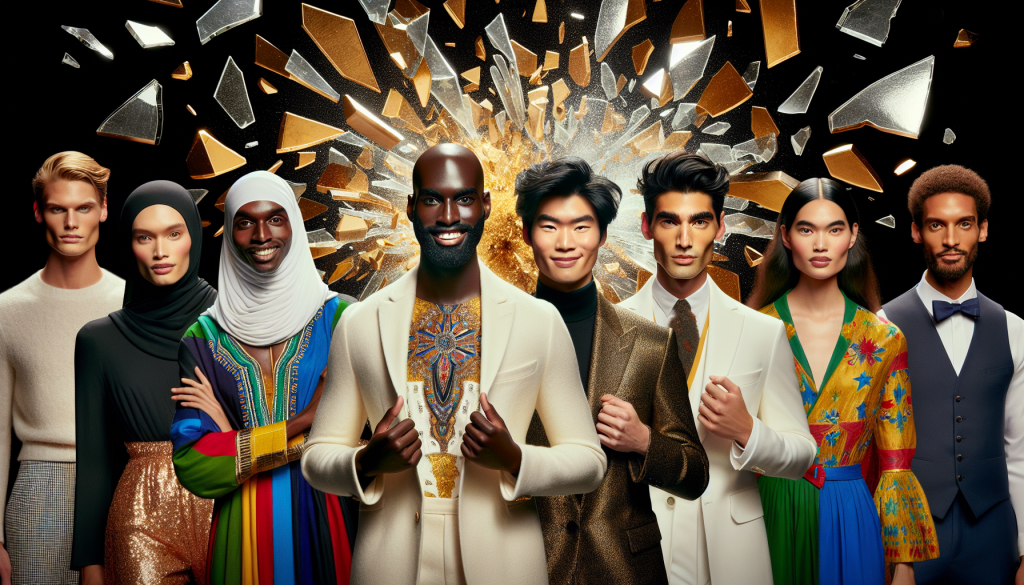
Breaking the Mold: Diverse Models Reshape Beauty Standards
The beauty industry has long been criticized for perpetuating narrow and unrealistic beauty standards. From unattainable body shapes to homogeneous faces, the definition of “beauty” has long been limited to a narrow ideal. However, in recent years, thanks to the rise of social media and the impact of diversity movements, the mold has begun to break. Slowly but surely, the beauty industry is shifting towards a more inclusive and diverse representation of beauty. In this article, we will explore how diverse models are reshaping beauty standards and why it’s a change we should all embrace.
The Power of Representation
In the past, the beauty industry has predominantly featured one type of model – tall, slim, and predominantly white. This lack of diversity not only excludes large portions of the population but also perpetuates harmful beauty standards that can negatively impact people’s self-esteem and body image. However, the rise of social media has allowed for diverse models to break through and challenge the status quo.
From plus-size models to models of different ethnicities, genders, and abilities, the representation of beauty in the media has become more diverse than ever before. This representation not only allows for individuals to feel seen and accepted but also helps to redefine the concept of beauty itself. As a result, beauty standards are no longer limited to a specific mold, but instead, they are expanding and becoming more inclusive.
The Impact on Society
The shift towards diverse models in the beauty industry has a significant impact on society’s perception of beauty. By showcasing a diverse range of models, brands are sending a powerful message – everyone is beautiful. This message is especially crucial for younger generations who are heavily influenced by media and advertising. By seeing diverse models in beauty campaigns and on social media, they are exposed to a more realistic and inclusive portrayal of beauty, which can aid in developing a healthier self-image.
The impact is not limited to just individuals; it also extends to the industry as a whole. With the success of diverse models, brands are beginning to realize the importance and value of inclusive representation. This shift has led to more diversity in casting and a greater focus on creating products and campaigns that cater to a wider range of individuals. As a result, the beauty industry is becoming more inclusive, both behind the scenes and in front of the camera.
Breaking the Cycle
The rise of diverse models is not only reshaping beauty standards but also breaking the cycle of exclusion and discrimination in the industry. By featuring diverse models, brands are promoting inclusivity and diversity, which can have a ripple effect on society. This shift towards inclusivity is not only limited to beauty standards, but it also has the power to influence other industries and societies in general.
Moreover, the success of diverse models in the beauty industry is also challenging traditional notions of beauty and helping individuals embrace their unique characteristics. By breaking the mold of what is considered “beautiful,” diverse models are paving the way for a more accepting and empowered society.
In Conclusion
The beauty industry has long been criticized for perpetuating narrow and unrealistic beauty standards. However, with the rise of diverse models, the mold is finally being broken, and beauty standards are becoming more inclusive and diverse. The impact of diverse models in reshaping beauty standards not only has a positive effect on individuals but also has the power to create a more inclusive and empowered society. The future of beauty is diverse, and it’s time we embrace it.
